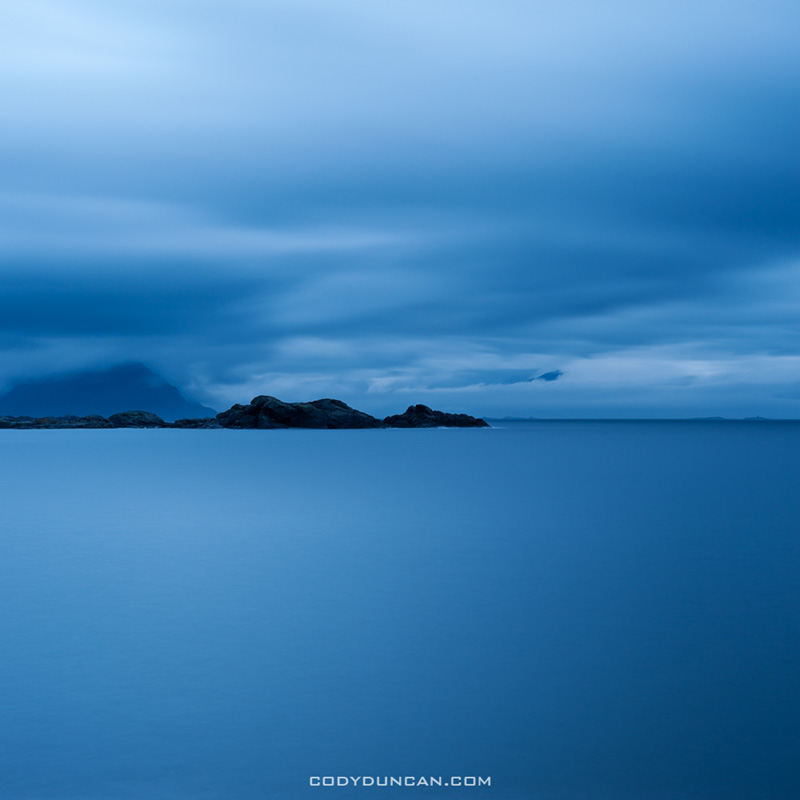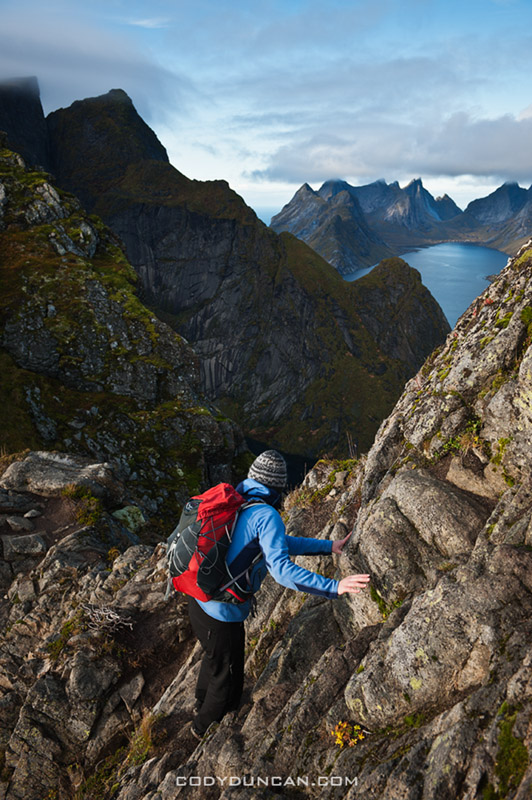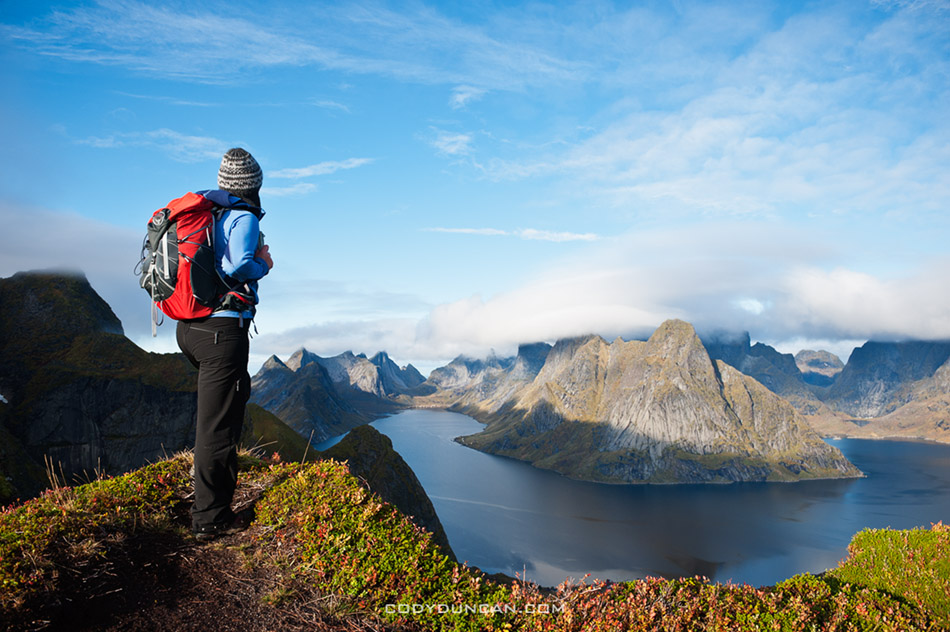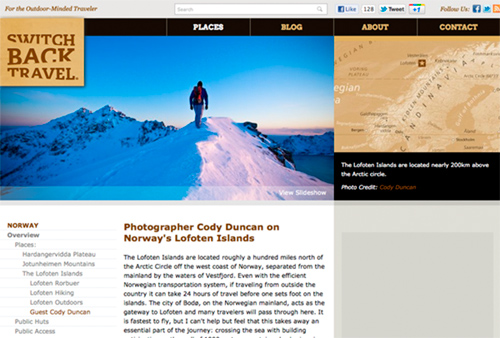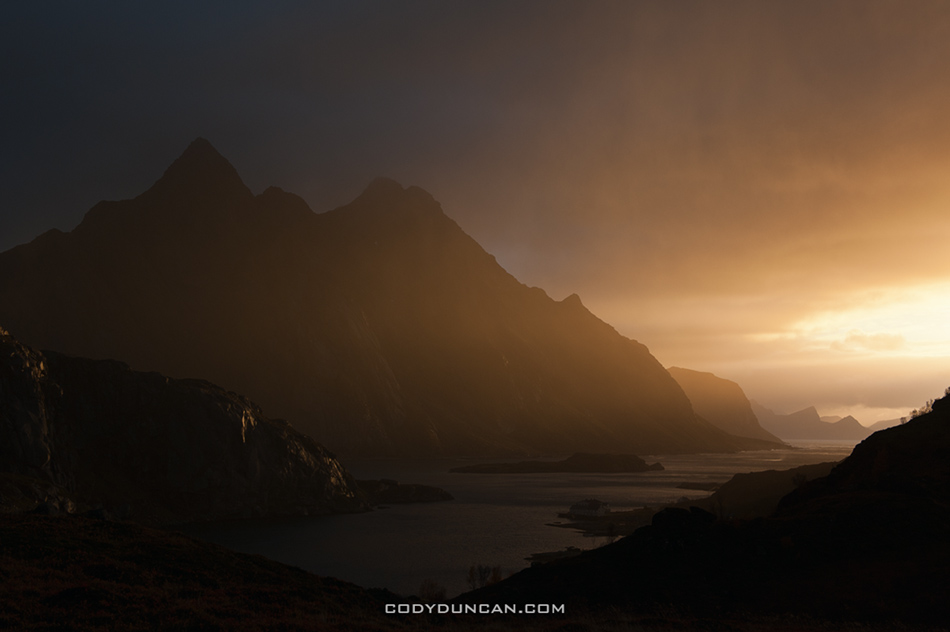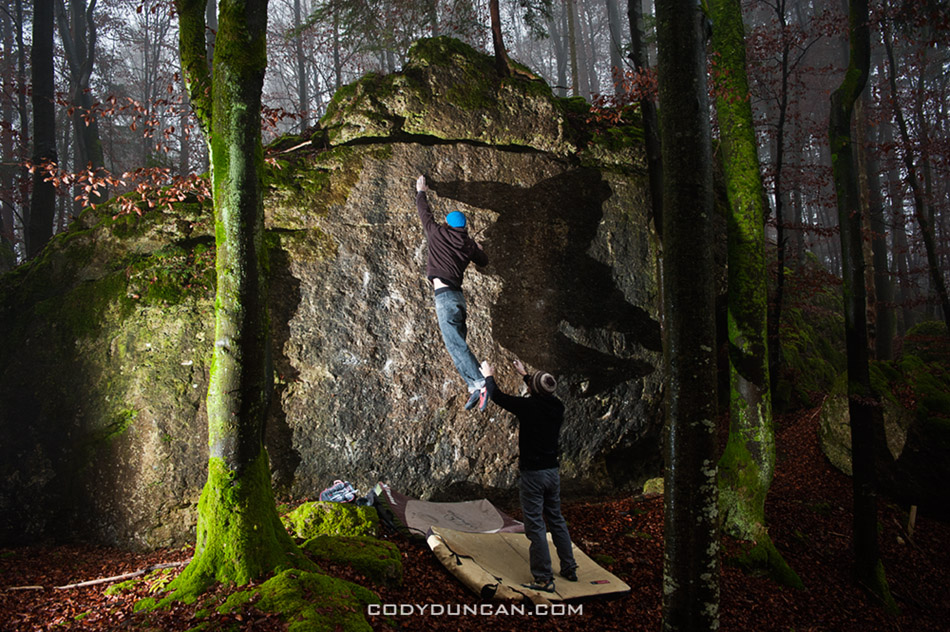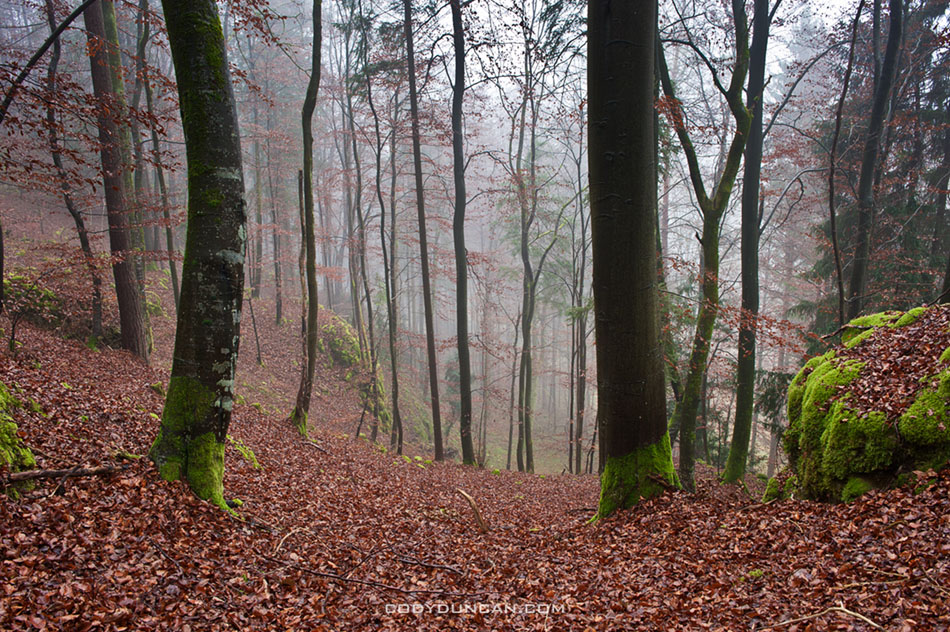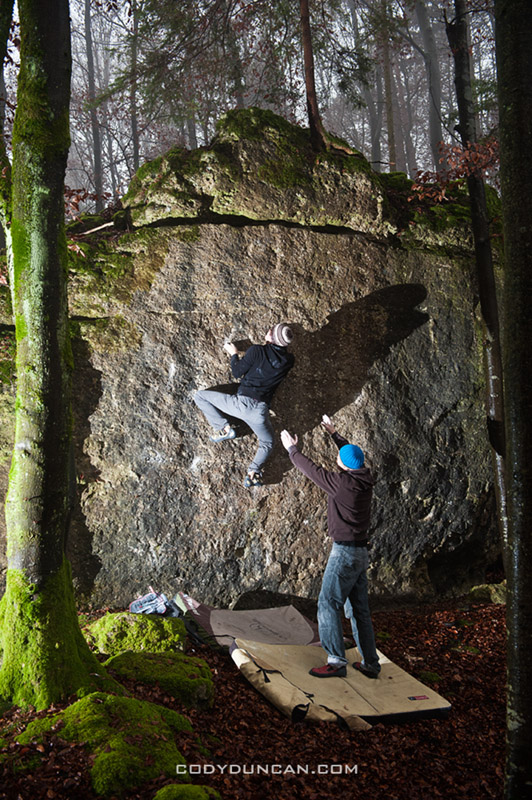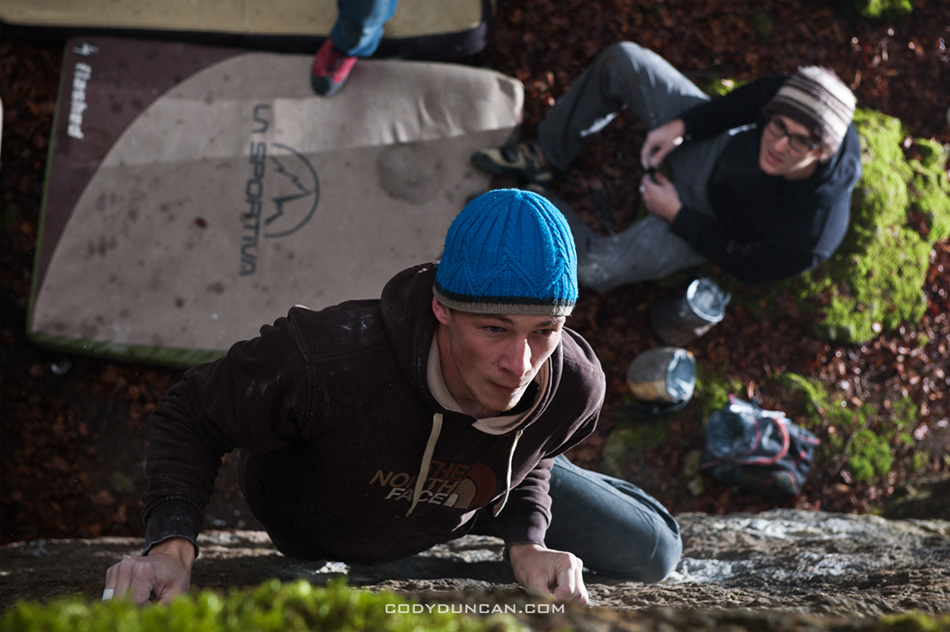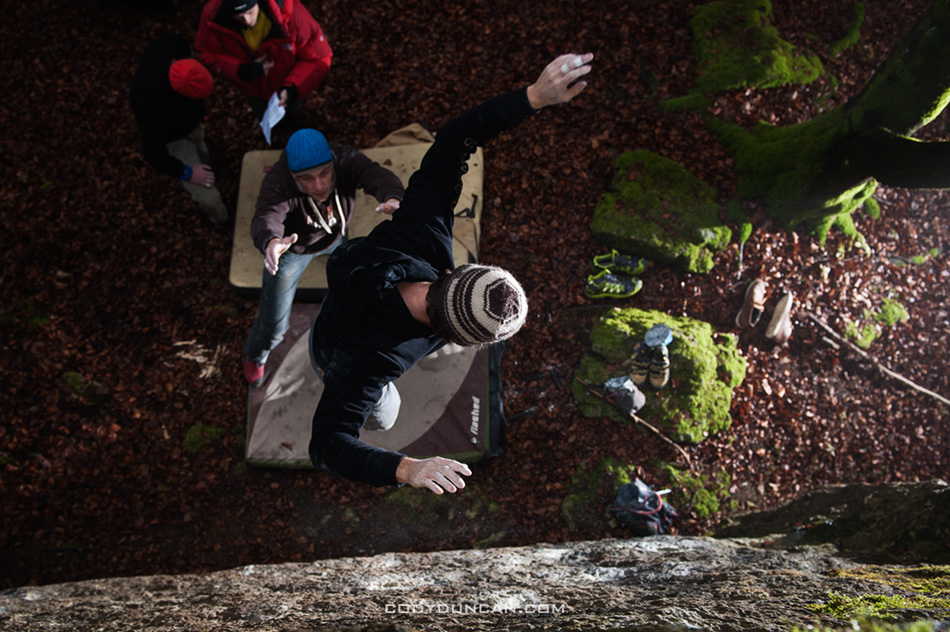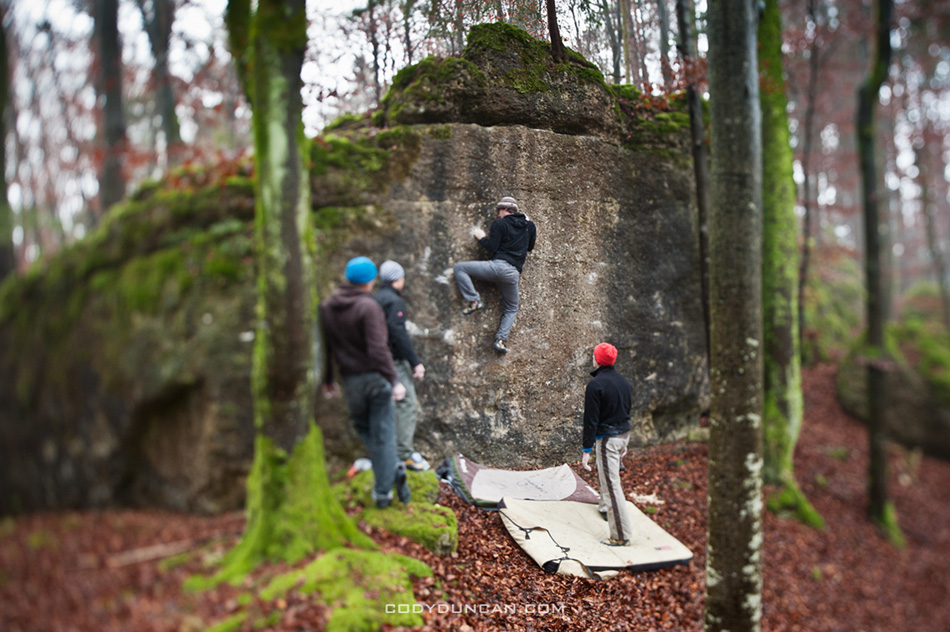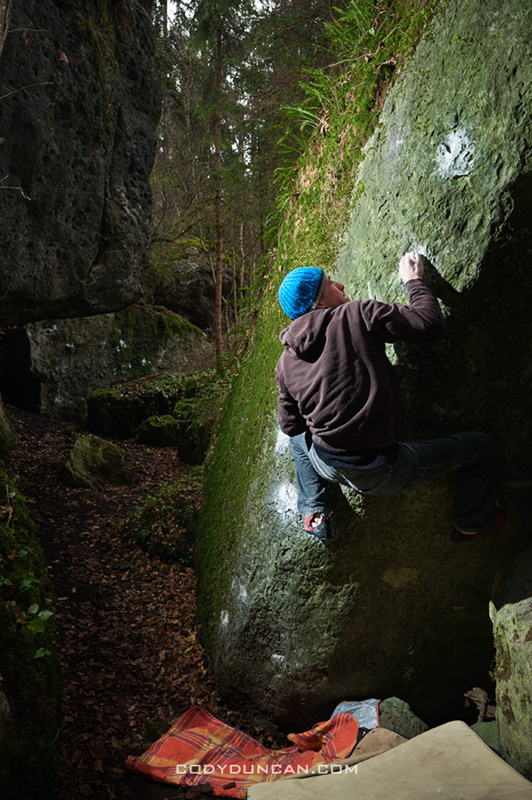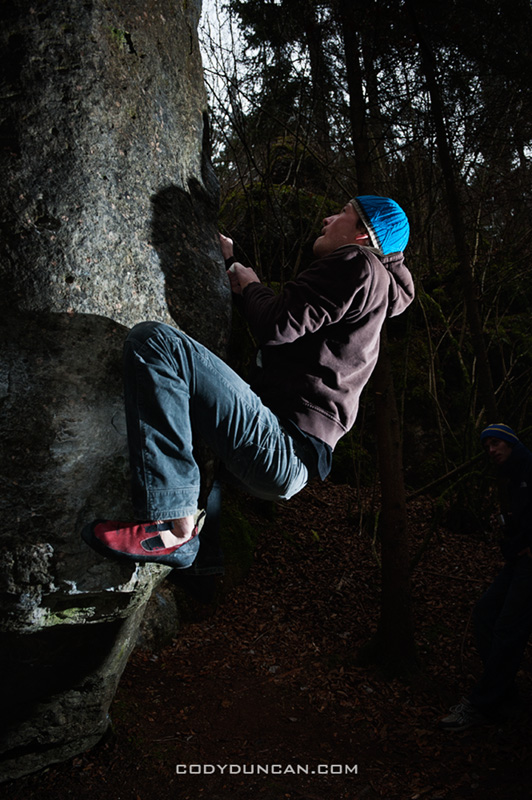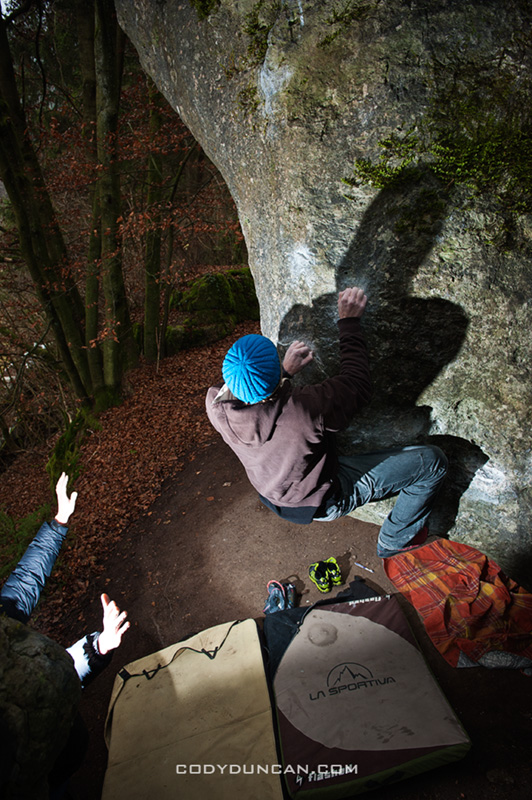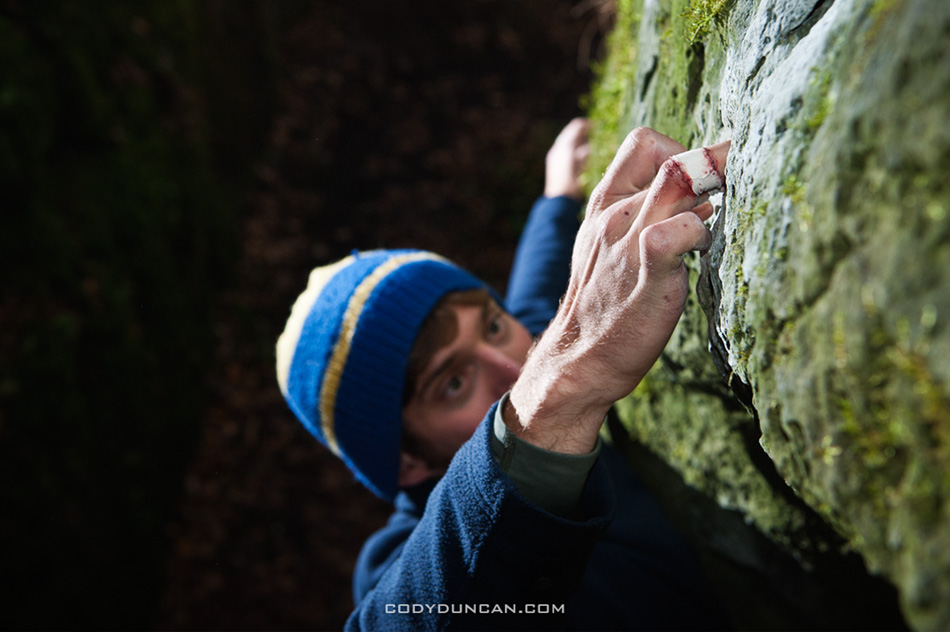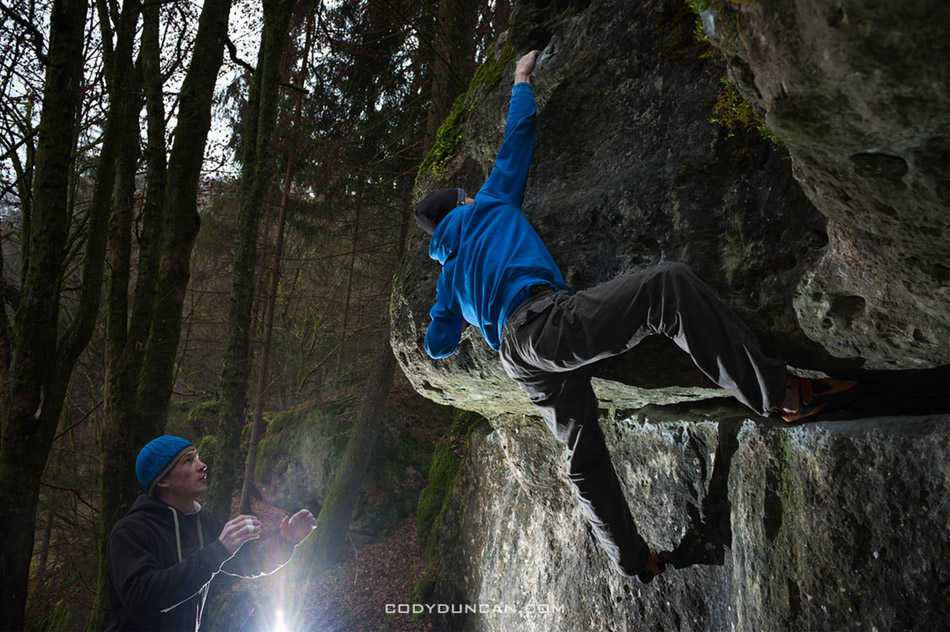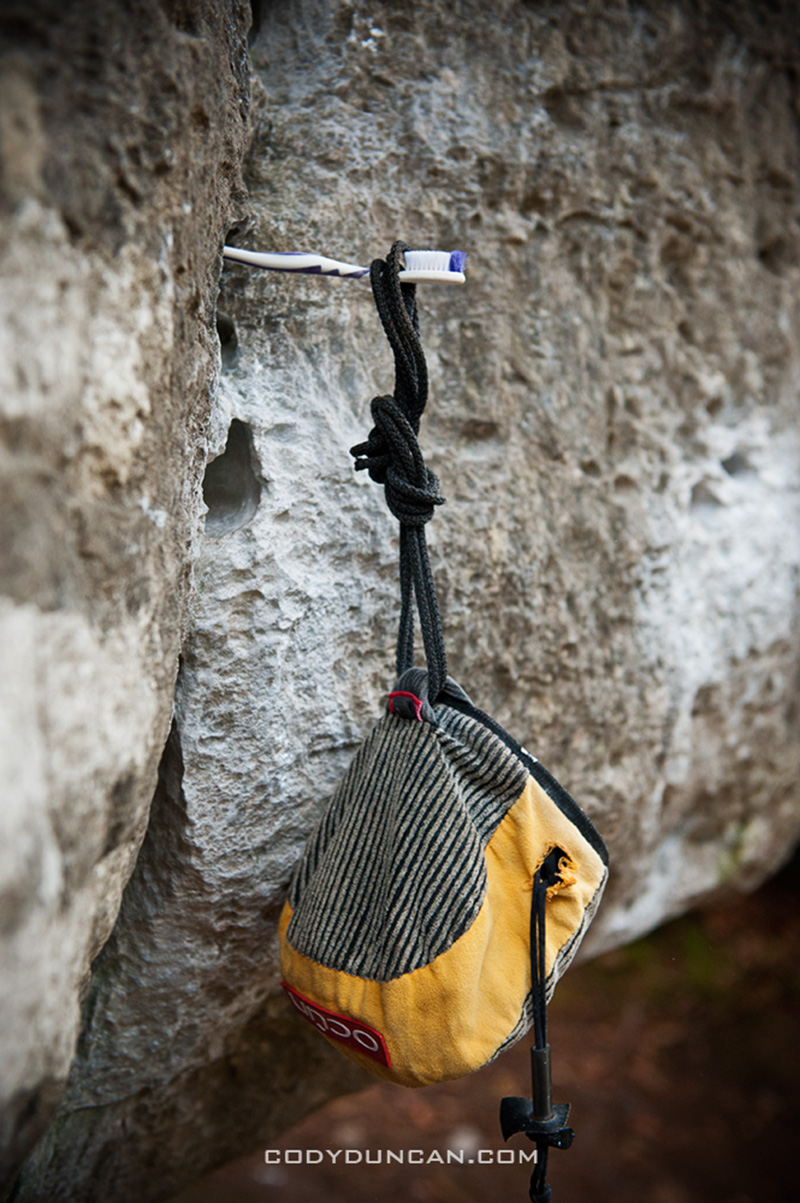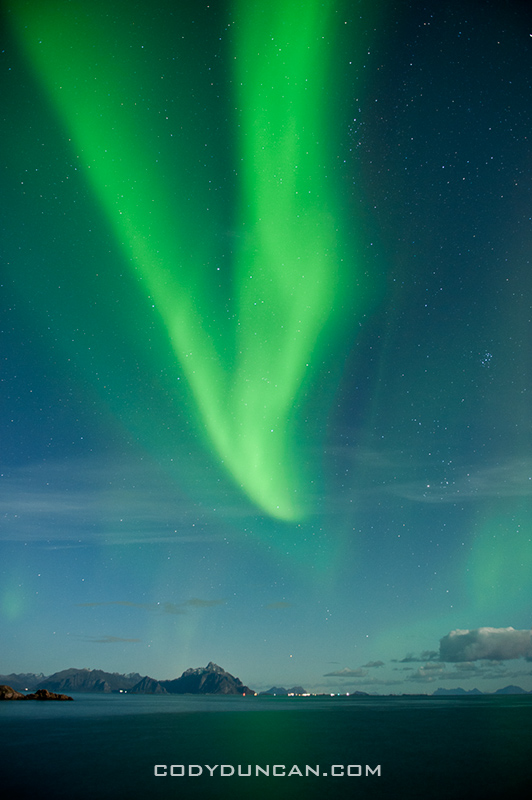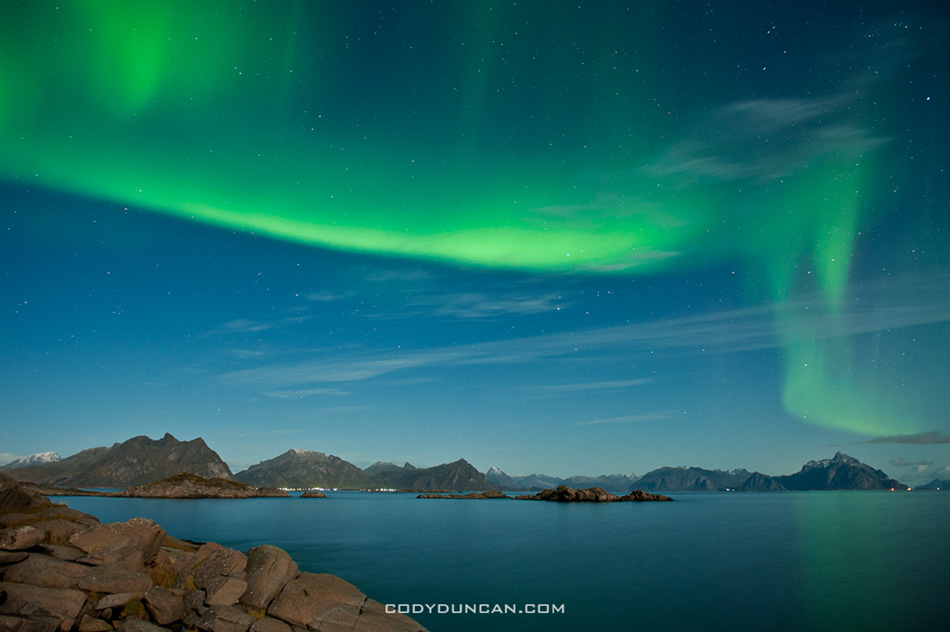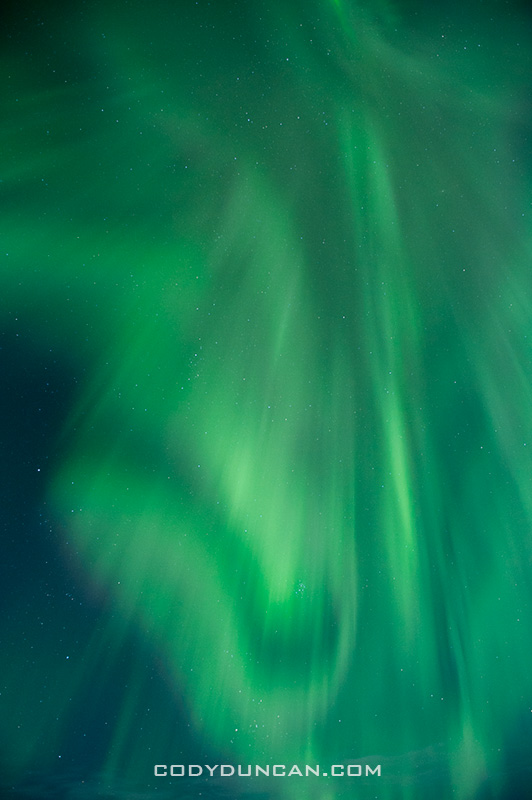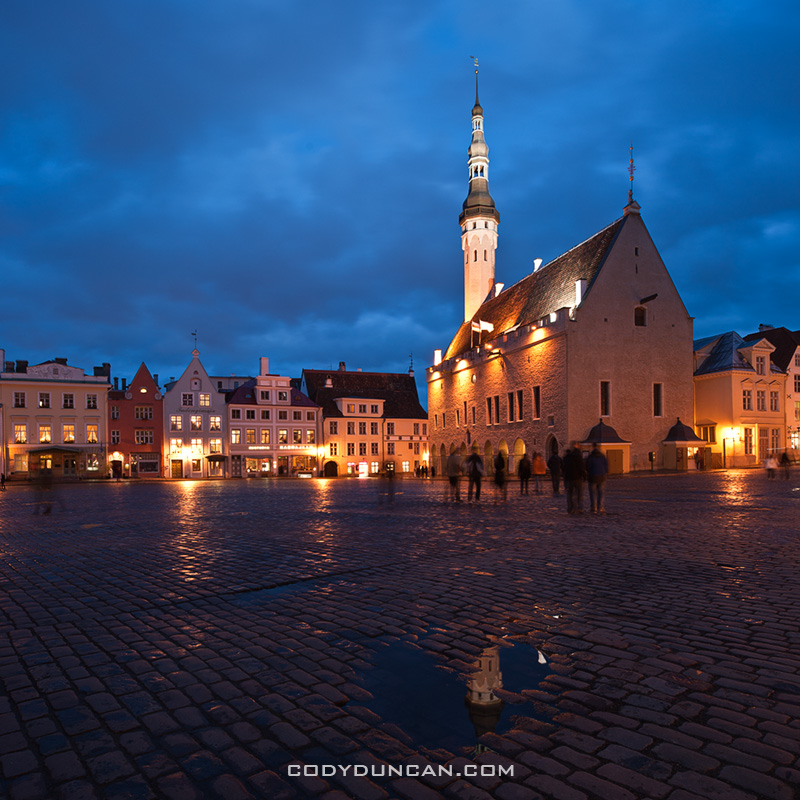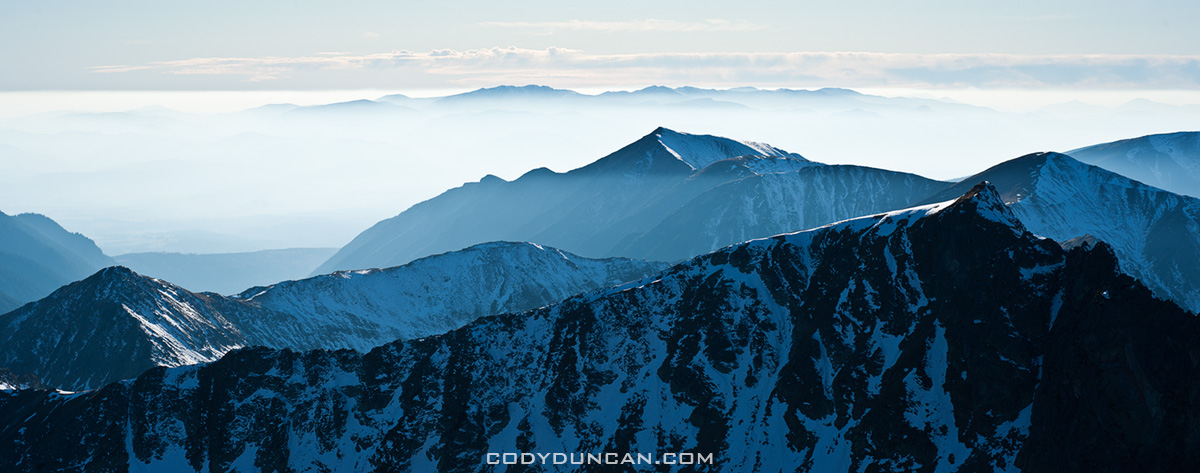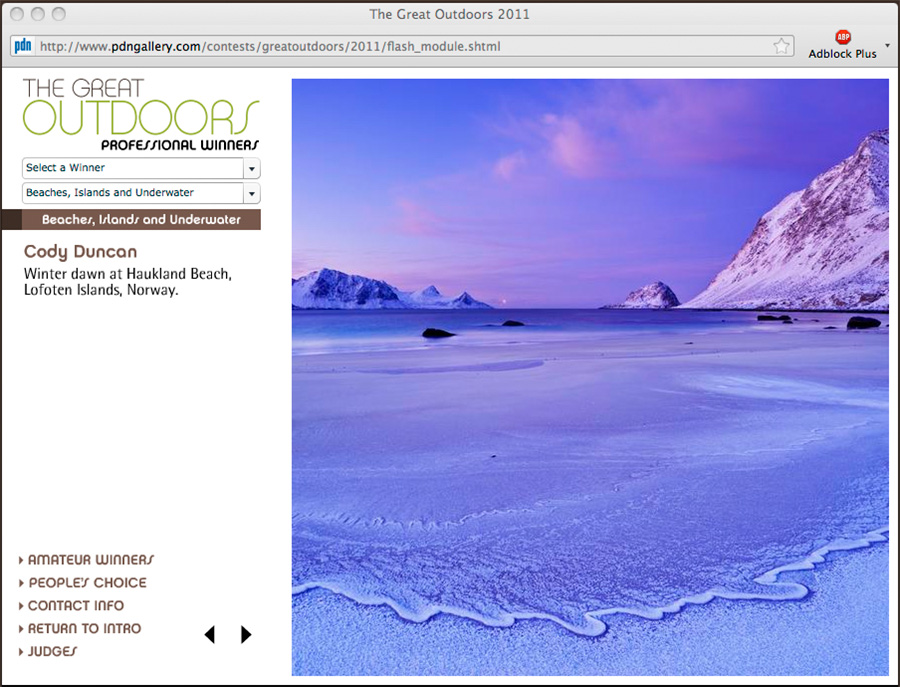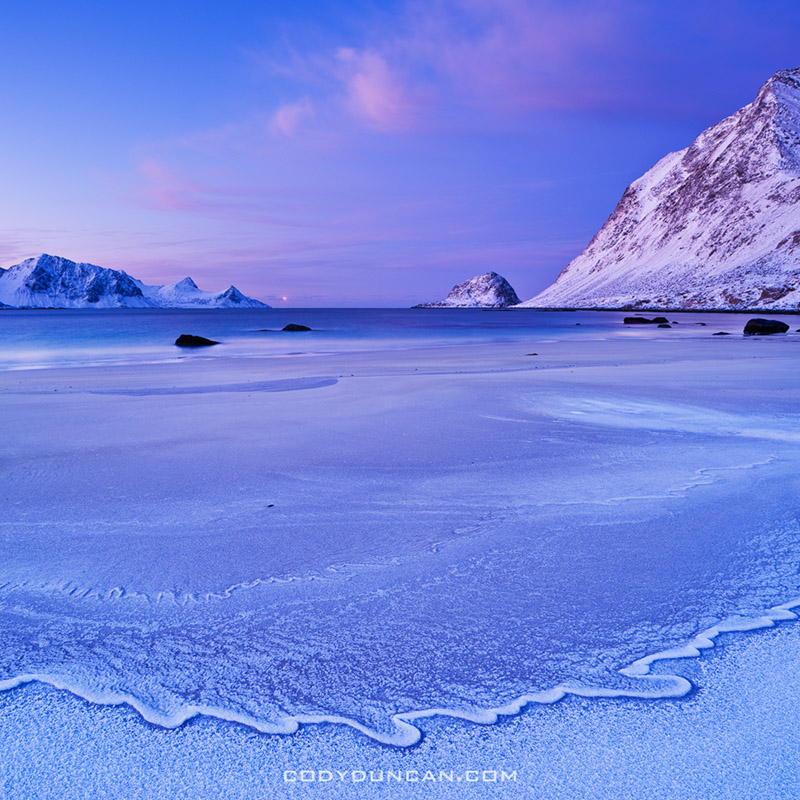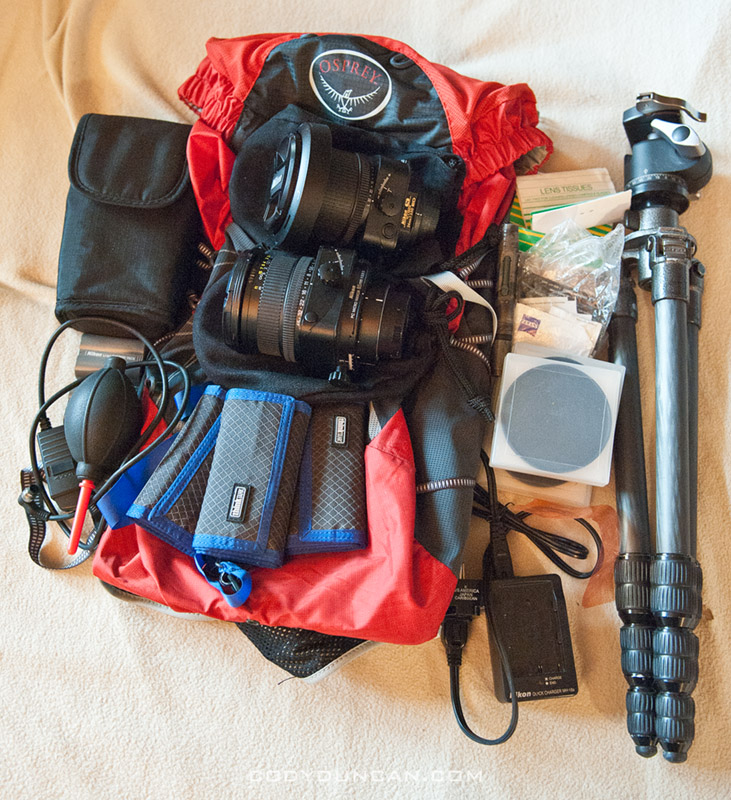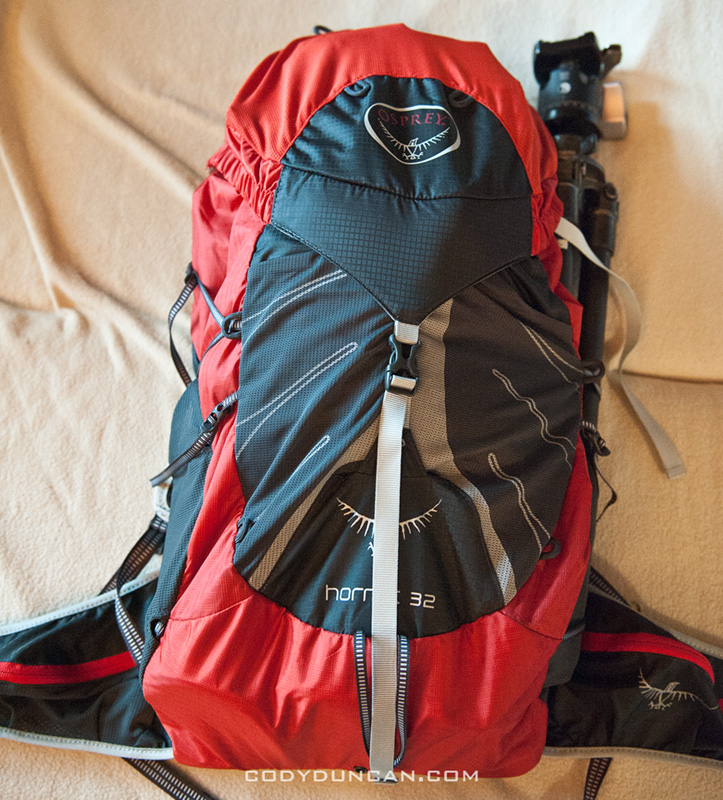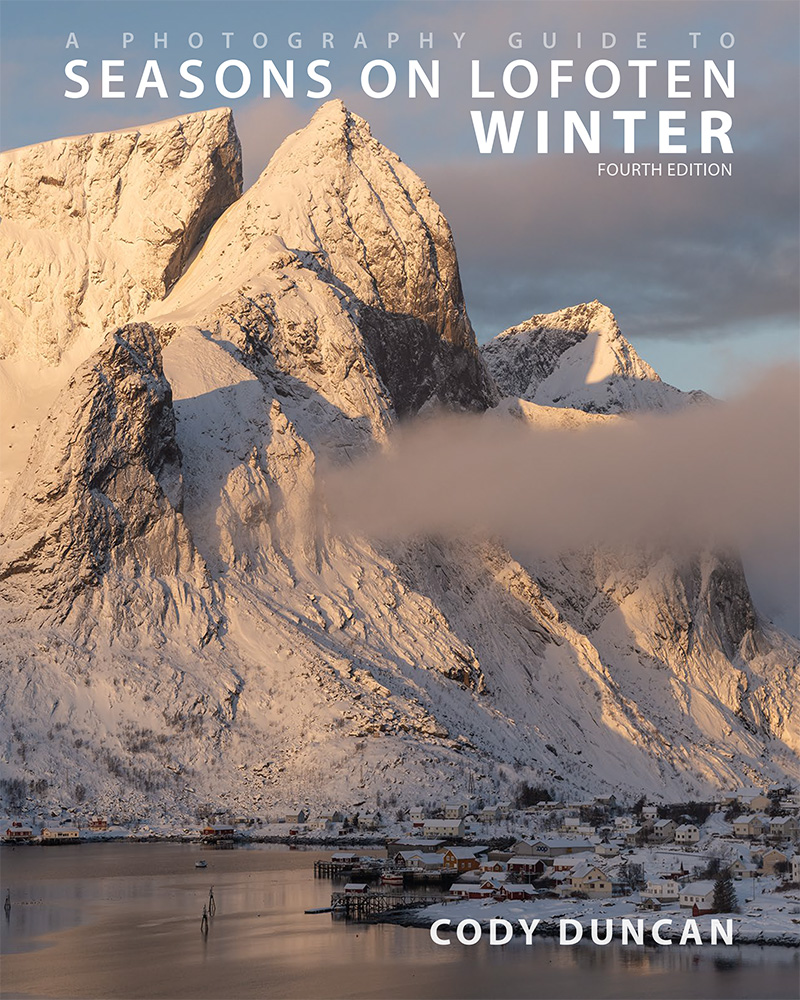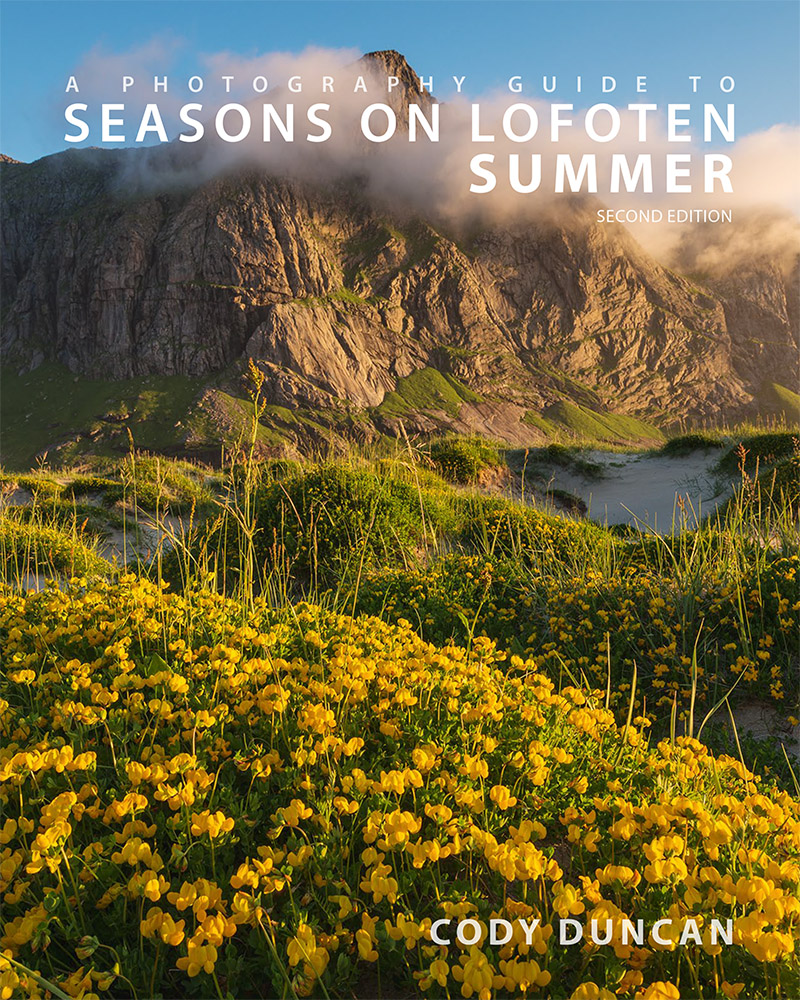I sometimes get asked what gear I carry while traveling, so here’s a list of what I’m taking for 2 1/2 months of travel in Northern Europe from late September till mid December. Ideally I could carry a bit less and travel lighter, but having to carry gear both for camping in the Lofoten Islands and hanging out in Czech cities inevitably leads to some inefficiencies. Normally for a hiking trip, I would not carry anything that I don’t need every day. For mixing Norwegian camping and staying in hostels, this concept doesn’t work especially well. But here it is anyhow. Tomorrow I’ll write about camera gear.
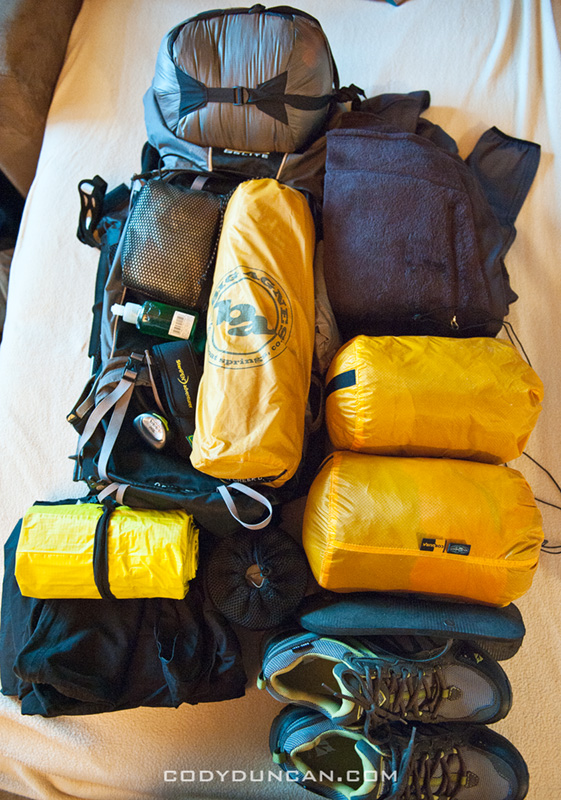
Backpacking gear:
Backpack: Golite Odyssey, 90L (5490 in^3) – 47 oz.
Sleeping bag: REI Sub Kilo – 31 oz.
Pad: Thermarest NeoAir – 13.6 oz.
Tent: Big Agnes Fly Creek UL1 – 37 oz.
Stove: Primus TiLite + Titanium pot (.9l) – 9 oz.
Trekking poles: Black Diamond Ultra Distance 10.5 oz. (pair)
Water Purification: Steripen Adventurer – 4 oz.
Total weight: 9 lb. 7.5 oz. (4.2 kg.)
Gear wise I have to make some small concessions for both cold temps and saving space, so I’m not very close to being ultralight on this trip. For spring/summer/autumn, a 0˚ C sleeping bag would save some weight. But from the experience of a night in the mountains on the Swedish – Norwegian border in October a couple years ago, a warmer bag is definitely a safer and more enjoyable option. On the other hand, I’m sure I’ll roast in a few hostel dorms where the punters like to shut all the windows and turn it into an oven of hot stale air and a crescendo of snoring. On just a hiking trip, I would probably switch the NeoAir pad for a light weigh foam one to save a few ounces. But foam pads are big and I hate having a bunch of crap strapped to the outside of my bag while walking around cities or hopping on trains. Plus the NeoAir is way more comfortable anyhow. Tent is about as light as there is, unless going for a tarp, but when I have to guerrilla camp in sometimes not-so-legit places, I prefer a bit more privacy/protection of a tent.
For staying in cities/hostels, all the camping gear is basically dead weight and unnecessary. Though generally it’s not a far walk from the train station to the hostel, so it’s not really a problem. Maybe it’s more of a self-conscious thing; me with a huge old bag and others with small tiny bags of just clothes (and shoes for the stylish peoples). I always get some weird looks when I have to pull out my tent and dry it over my bunk while everyone else in the dorm is getting fancied up for a night on the town.
Clothing:
Base layer: Patagonia R2
Softshell: Fjalraven
Insulation: Mountain Hardwear Compressor
Shell Jacket: Golite
Shell Pant: Marmot Precip
Pants: MEC lightweight softshell, REI medium weight soft-shell
shorts
3x t-shirt: 2 cotton, 1 synthetic
3x socks
3x underwear
Gloves
sandals (for hostel showers)
Shoes: Vasque Goretex lined trail runners
Clothing (carry weight): 4 lb. 11 oz. (2.1 kg.)
Again, due to traveling in autumn/winter, I have to pack a bit heavier in the clothing department in preparation for colder temps. I’ve also had to do a bit of a compromise to cover both hiking and city/hostel life. If it was a purely hiking trip, I would go a bit lighter with the insulation as I can hike in a light jacket or fleece into below zero temps as long as I’m moving. But for wandering around cities on a crisp autumn day, I’ll need a bit more insulation. I chose a hooded softshell jacket over my all time favorite jacket, the Marmot DriClime windshirt, as it fits better with a heavier base layer, the Patagonia R2 jacket. I figure I’ll have both jackets on pretty much anytime I’m outdoors, so the extra weight shouldn’t matter too much. While hiking, I shouldn’t overheat too bad in the softshell alone. I might ditch the rain pants, as I don’t like hiking in the rain anyhow, and with a second pair of pants, if I do get too wet, I can change once at camp. I carry a super lightweight rain jacket over something a bit heavier that I would wear instead of the softshell as I simply can’t stand wearing hardshell jackets, and will only put one on in a heavy downpour. I hope I haven’t made a mistake taking trail runners over light boots, but I think I’ll be fine. Only if there is a considerable amount of fresh snow will it be an issue, so I might run into some problems in the high Tatra mountains, but otherwise, there shouldn’t be too much snow around by mid December (hopefully…).
Other items:
Knife
Headlamp: Petzl Zipka2
Rain cover
Towel
Toothbrush/paste
Biodegradable soap
Earplugs
Hand cleaner
If I wasn’t a photographer, my backpack is actually not too bad for over 2 months of autumn/winter travel mostly in northern Europe. Next comes the heavy stuff: my camera gear. Which while I’m trying to pack fairly light and only take a few lenses, it definitely adds some pounds to the backpack. I’ll talk more about how I carry my camera gear tomorrow. But basically I keep everything in a normal hiking daypack which can fit inside my larger backpack, as opposed to having a dedicated photo type backpack. I’ve found this to be a good system in several ways: First, it easily fits inside my larger bag, so while hiking everything is in the one bag and depending on conditions, I may or may not carry my camera in a chest case. I generally find most photo backpacks to be large and bulky compared to the inside space. And most aren’t compressible at all due to the thicker padding, so I can’t sort of fold them up to fit is space gets a bit tight. Second, a hiking daypack is going to be a fair bit lighter (mine is 21 oz. – 600 g.) backpack. Next, it’s a relatively discreet looking ‘normal’ daypack when walking around cities, nothing that says ‘expensive camera gear inside.’ (and after a few months on the road and the bag gets some nice faded colors going, really looks ghetto then). It’s more practical for going out on day hikes or short mountain adventures. Finally, it’s more comfortable to sleep with in hostel beds (yes, I sleep with my backpack). There’s probably a few other benefits as well that I might think of by tomorrow. But for the benefits gained, I also loose a bit of ease of function with a dedicated photo bag and it’s a bit harder on my gear. And there are a few companies making photo bags for more adventurous photographers in mind, so I might take a look one of these days and see if there’s anything I could be interested in.
